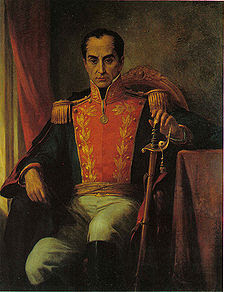 |
| Anti-bullfighting protesters on Jimenez Ave. |
 |
| Prospective bullfighters practicing in Bogotá's Plaza Santa Maria |
Bullfighting dates from time immemorial and enacts something primordial about men (and sometimes women) risking their lives in confrontation with a savage beast. In modern times, when our biggest worries may be getting phished by e-mail, bullfighting seems like a savage holdover from another era. Or, maybe it's an important reminder of something real we're missing in today's safe and secured world. Or both.
 |
| Pepe Caceres, a bullfighter who was killed by a bull at age 53. |
Today, bullfighting is practiced in only a few countries, and Colombia is one of those. Reportedly, it's the third-most active nation in Spanish-style bullfighting - in which the bull is almost always killed - after Spain and Mexico. (Following independence, some Latin American nations banned bullfighting because it represented the influence of the mother country). In Colombia, all major cities have bullfighting stadiums, as do many small towns. The sport - if it is a sport - has many aspects: tradition, skill, cruelty, injury, torture, killing, courage, pageantry. Bullfighting advocates speak reverently of the bulls, but that doesn't stop them from using the poor, confused animals as vehicles to show off the bullfighter's skills, which are almost always killed in the end. (Very occasionally, a bull considered to be very courageous is given an 'indulto' or 'forgiveness' and allowed to live.
 |
| Main entrance to the Plaza Santa Maria, with its dramatic moorish architecture. |
On Aug. 29, the court ruled that bullfighting, cockfighting and other practices can continue - but should be phased out.
This blog written by Mike Ceaser, of Bogota Bike Tours










































